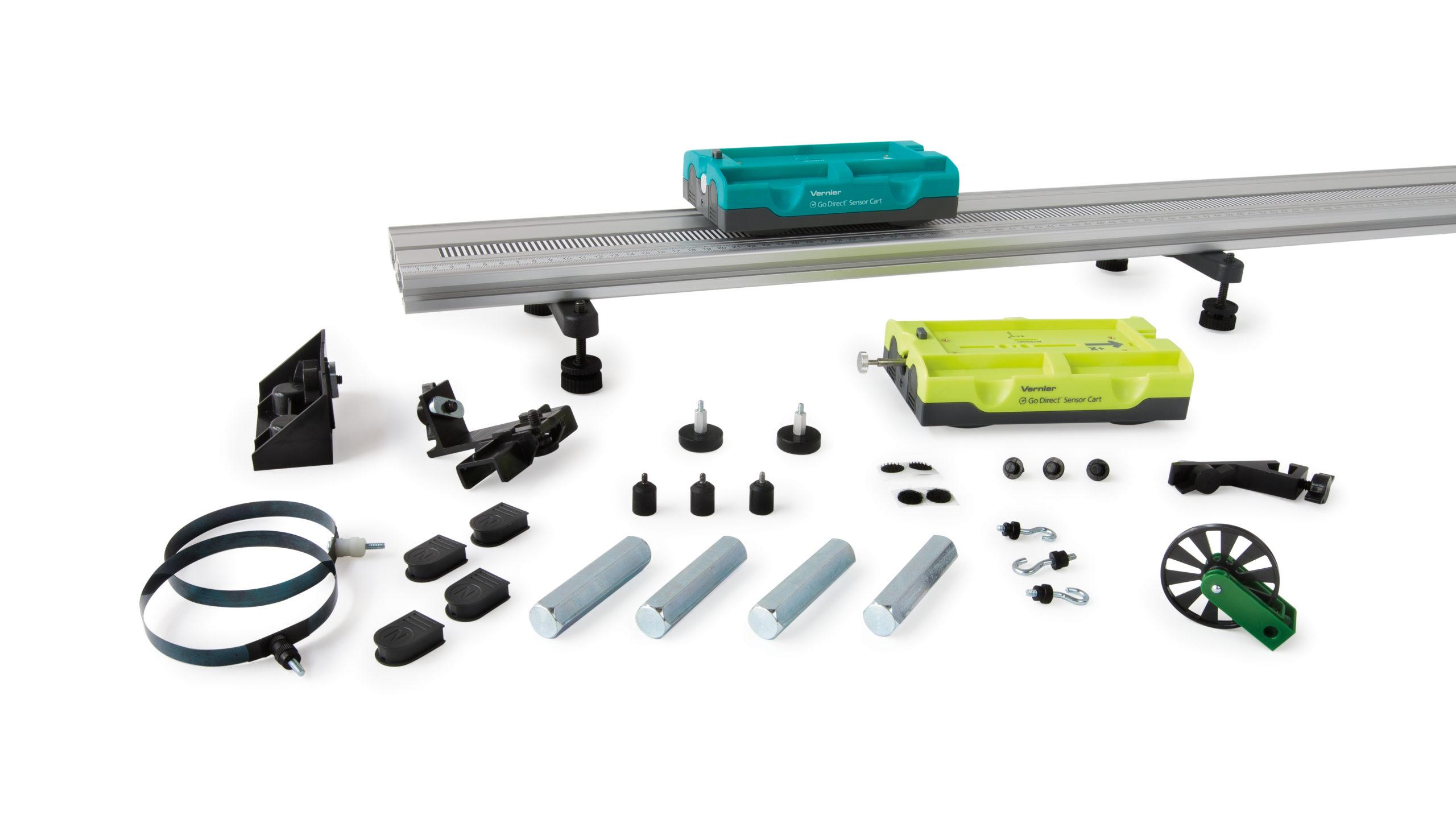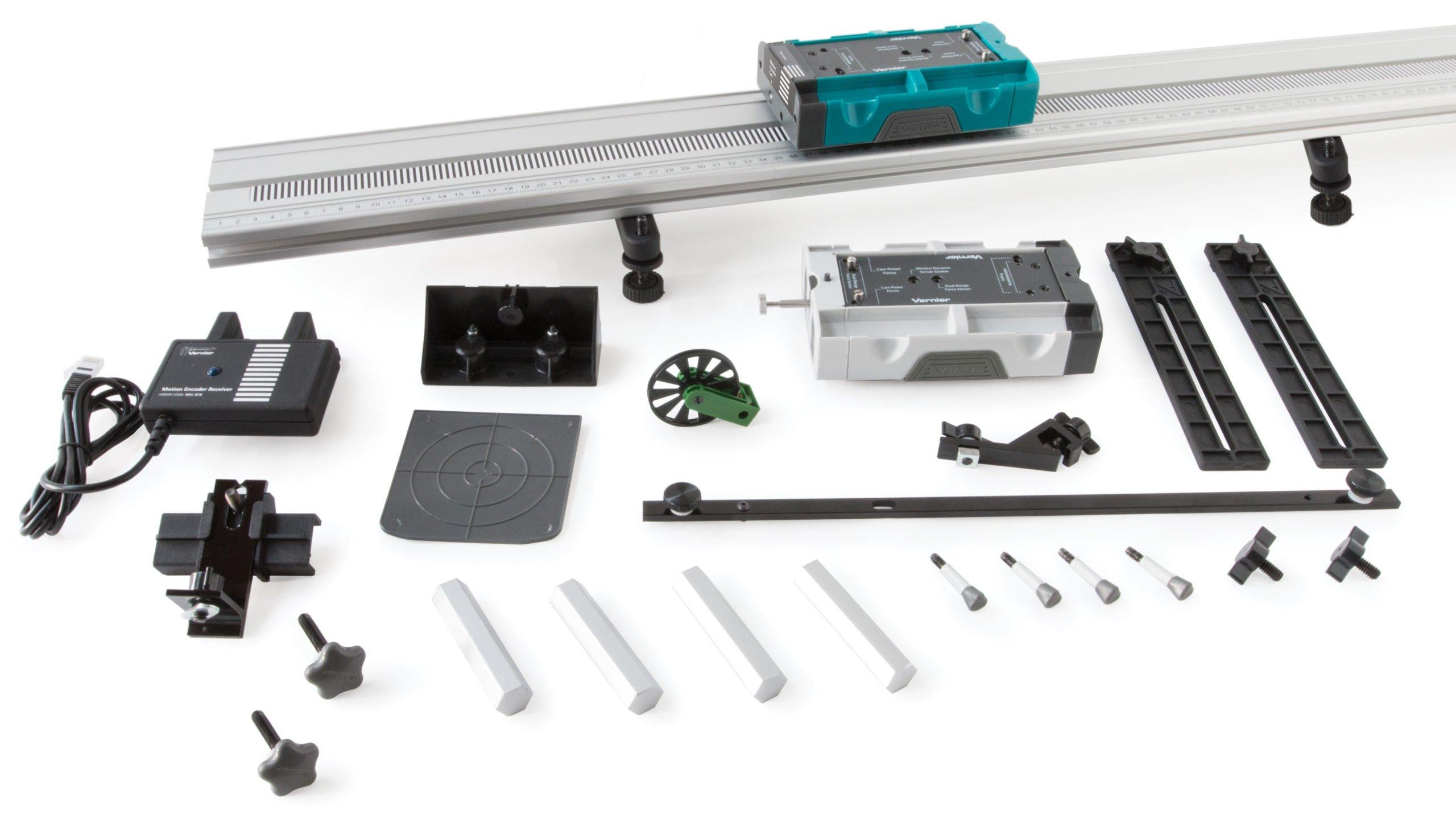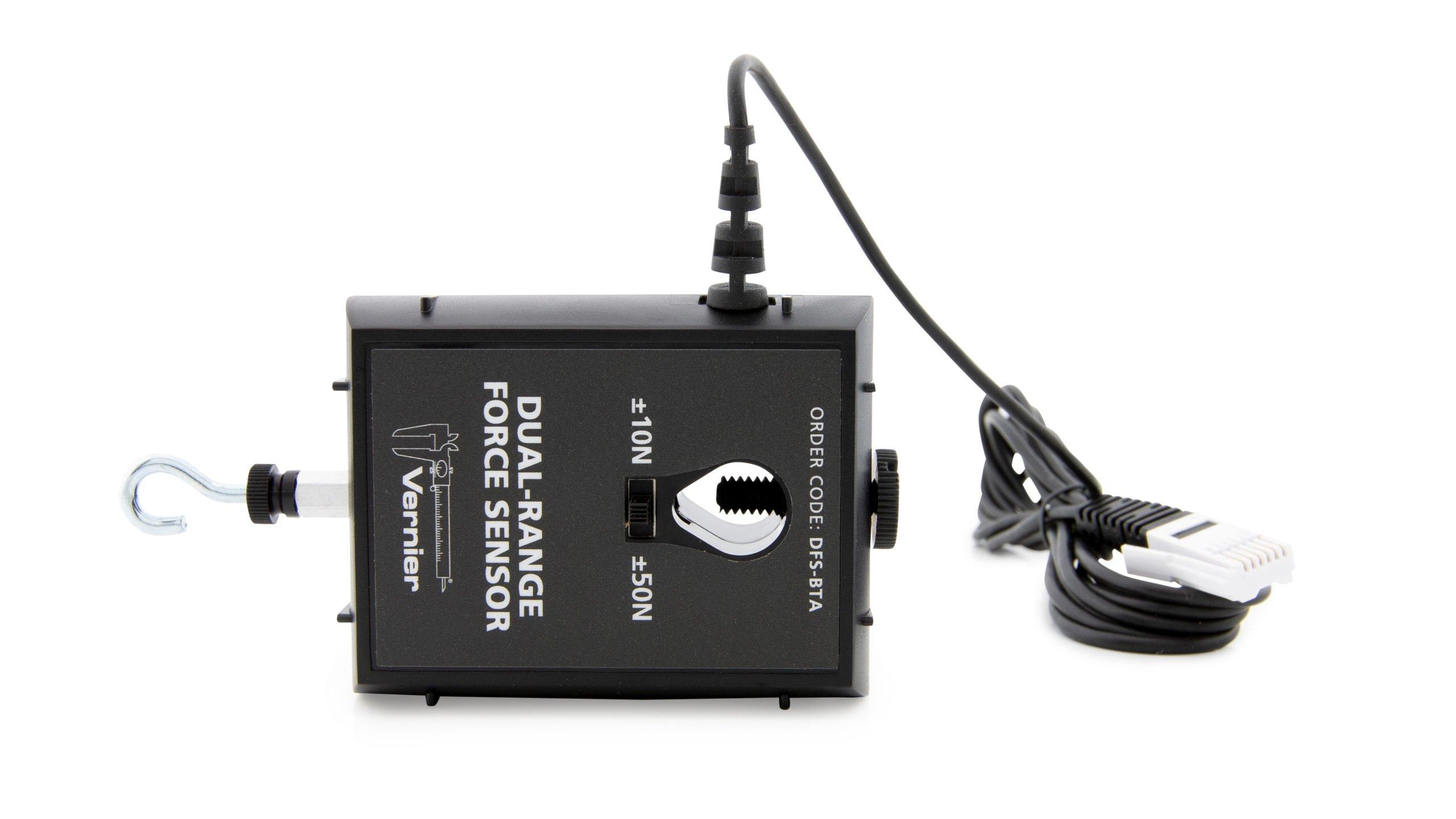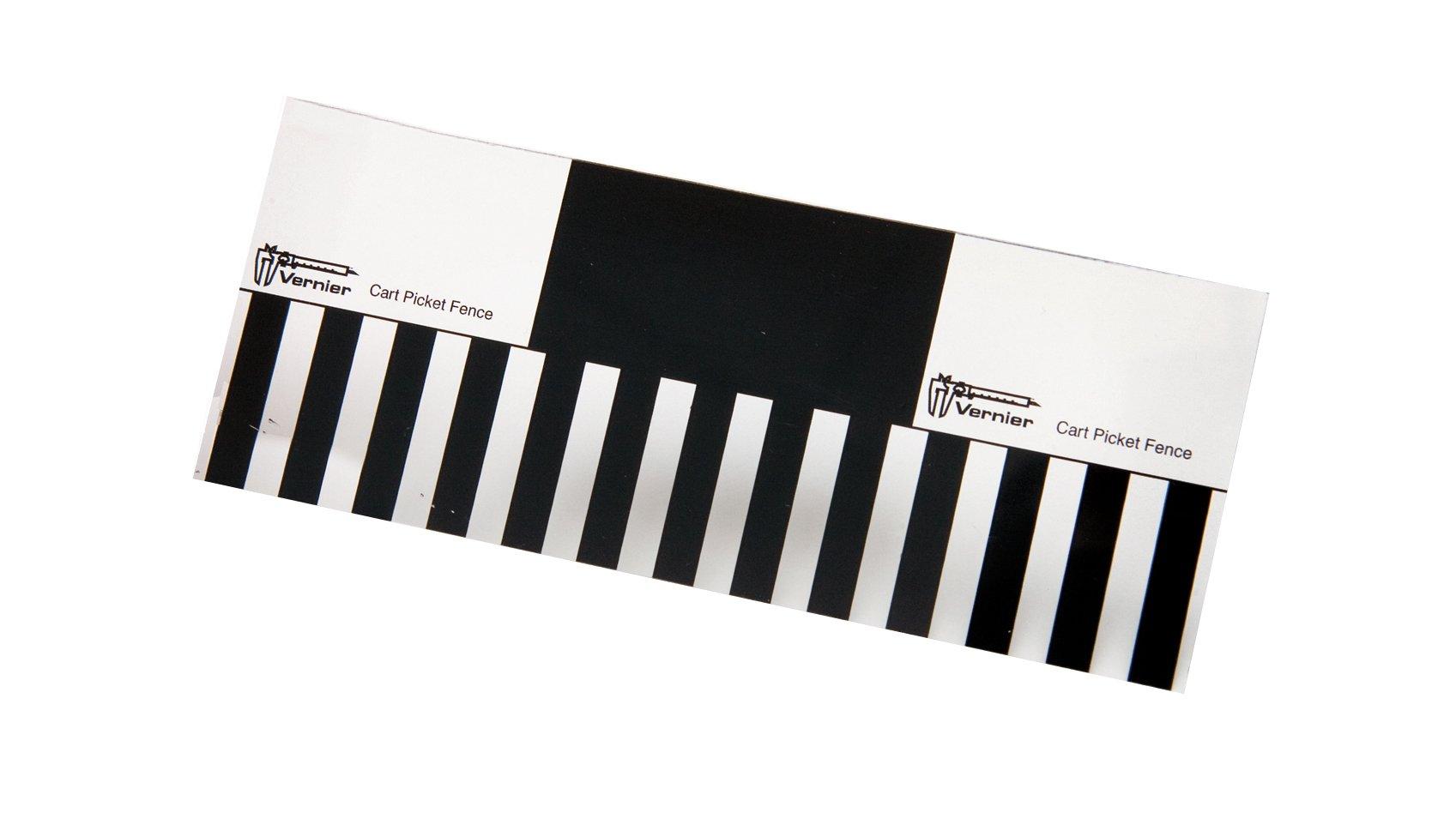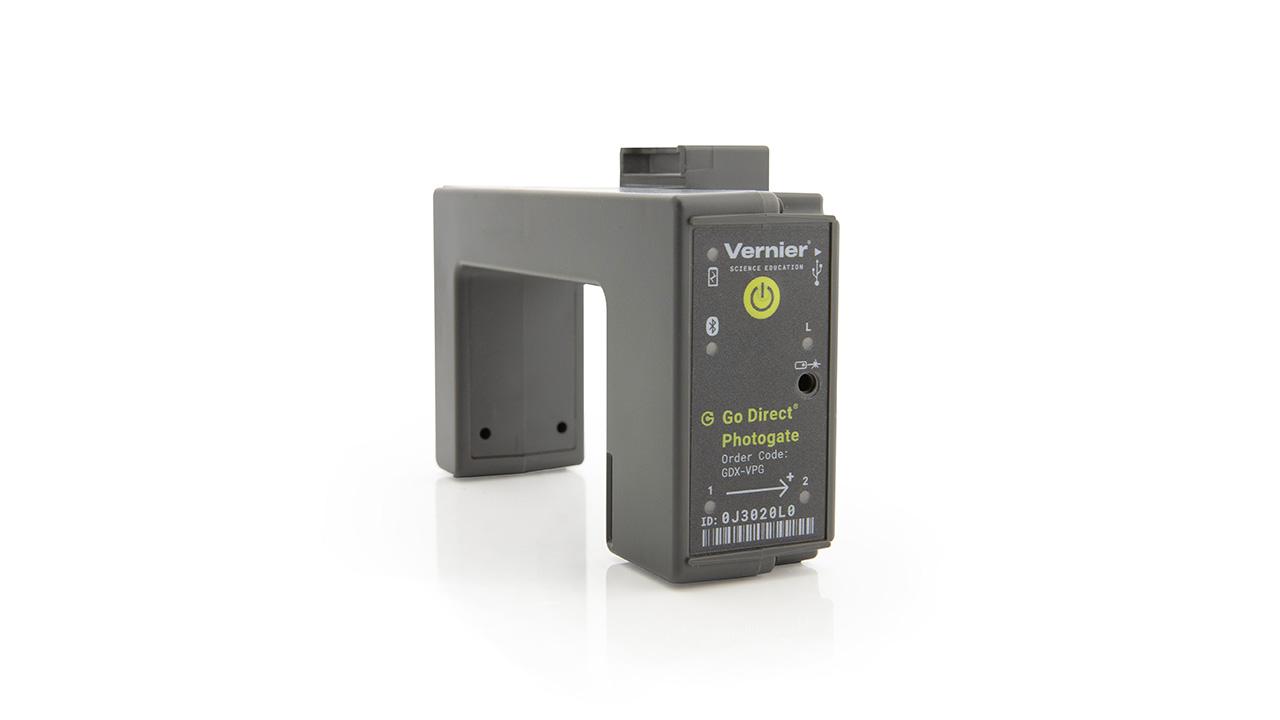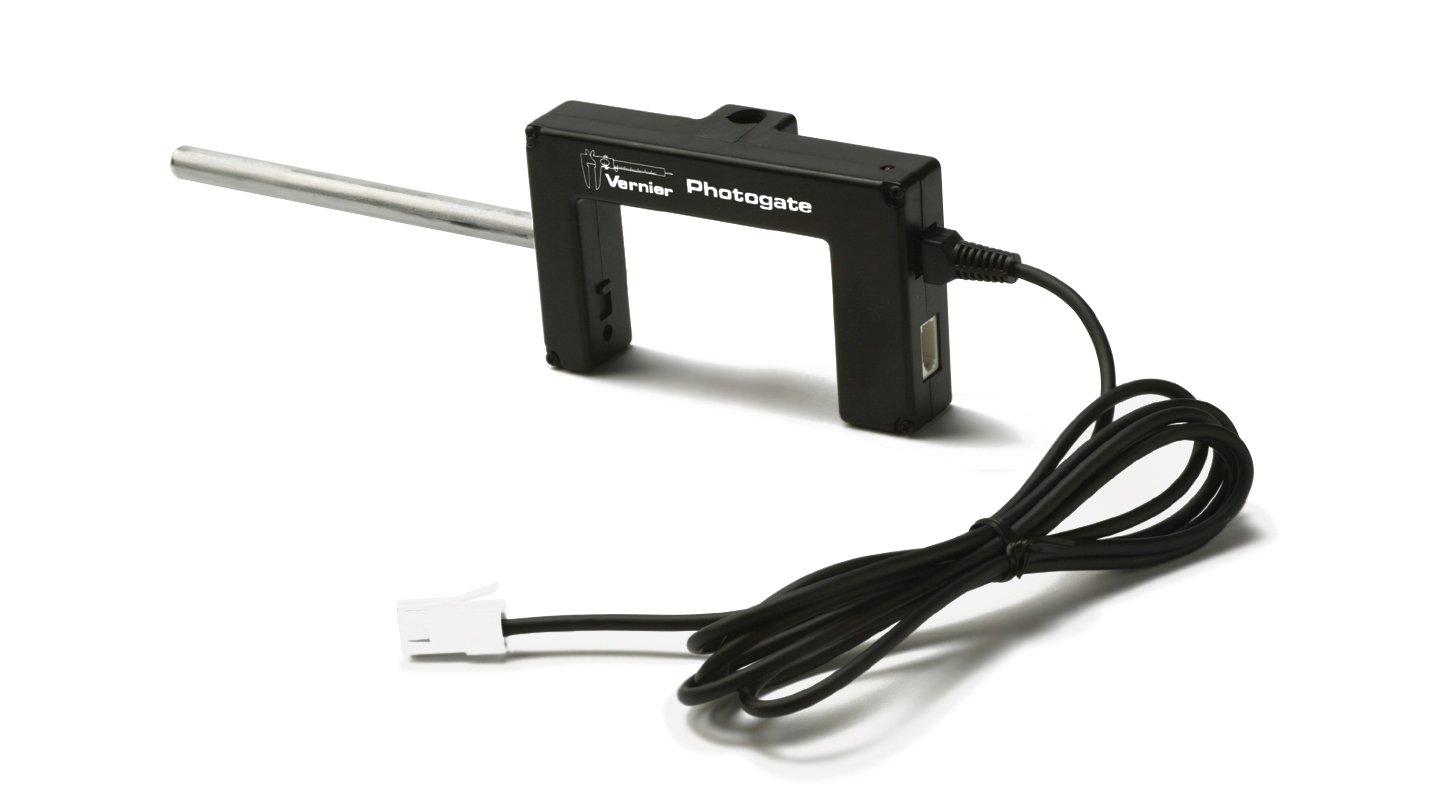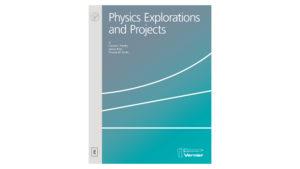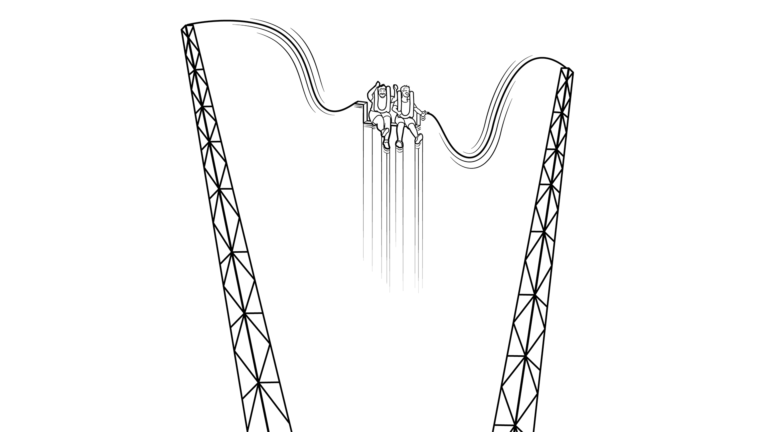
Introduction
The goal of this activity is for students to grapple with the idea of energy without it being named. Students investigate energy stored in a spring that does work on a cart. They determine a mathematical model used to predict how to achieve a particular cart speed based on the distance the spring is stretched.
During the subsequent investigation, students collect data and construct a model that allows them to predict how different springs can achieve the same effect (cause the cart to move at a specified speed). Students can collect data using a variety of tools, including motion detectors, photogates, the Go Direct Sensor Cart, or Motion Encoders.
This investigation should result in graphs of spring constants. Students will use their graphs as a tool to investigate how one might determine the correct length of stretch that will match a particular speed.
Students should finish the activity with the knowledge that the area under the force vs. displacement curve provides a method for predicting the resulting velocity of the cart for any given spring.
Objectives
- Design and perform an investigation.
- Draw a conclusion from evidence.
- Understand that the area under the curve of force vs. displacement represents a physically meaningful quantity that involves speed of an object.
Sensors and Equipment
This experiment features the following sensors and equipment. Additional equipment may be required.
Option 3

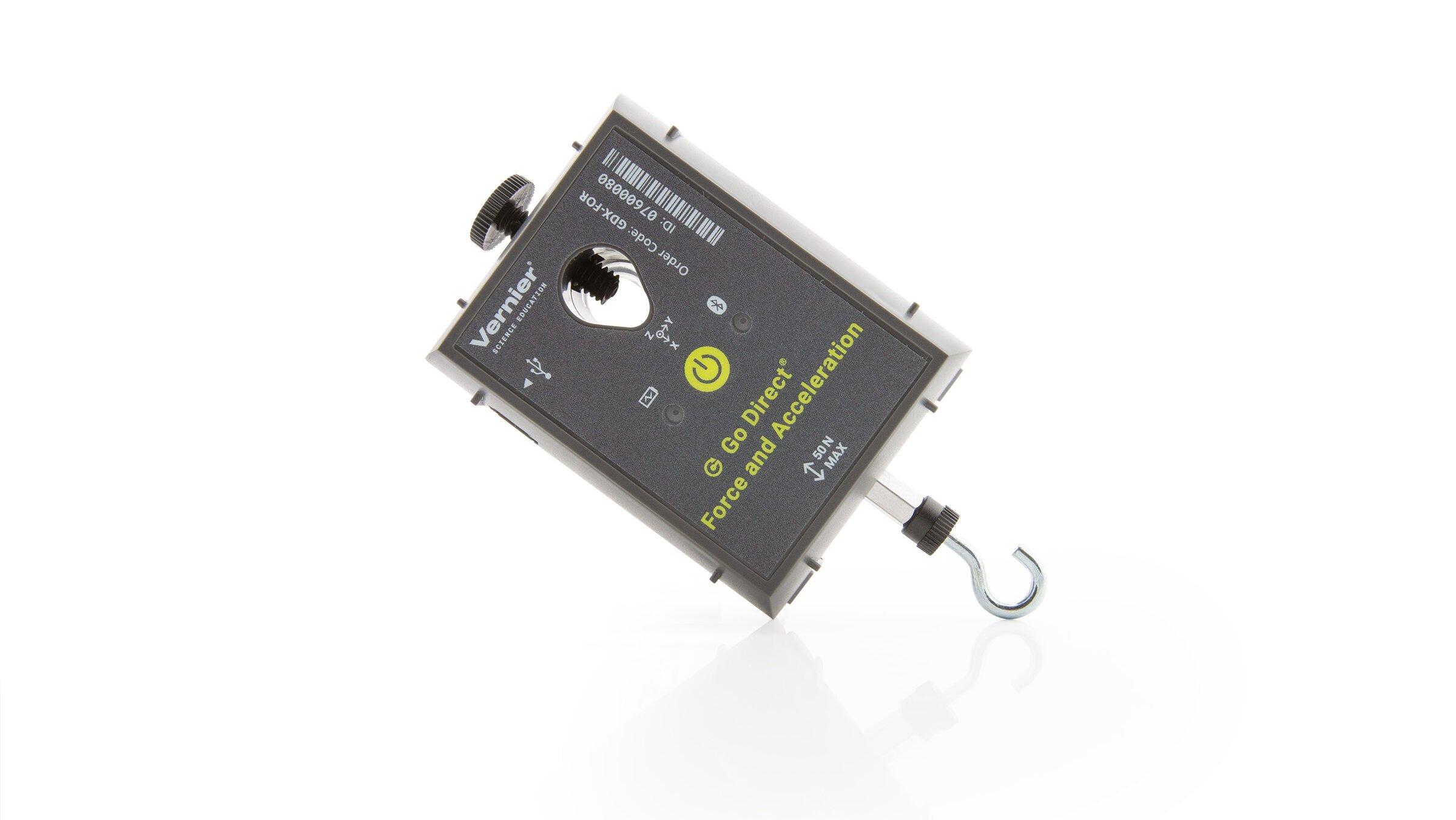

Correlations
Teaching to an educational standard? This experiment supports the standards below.
- International Baccalaureate (IB) 2025/Physics
- The students should understand the nature and use of the following contact forces: elastic restoring force FH following Hooke’s law as given by FH = –kx where k is the spring constant
- that if mechanical energy is conserved, work is the amount of energy transformed between different forms of mechanical energy in a system, such as: the elastic potential energy as given by EH = 1/2k(Δx)2
Ready to Experiment?
Ask an Expert
Get answers to your questions about how to teach this experiment with our support team.
- Call toll-free: 888-837-6437
- Chat with Us
- Email support@vernier.com
Purchase the Lab Book
This experiment is #11 of Physics Explorations and Projects. The experiment in the book includes student instructions as well as instructor information for set up, helpful hints, and sample graphs and data.

